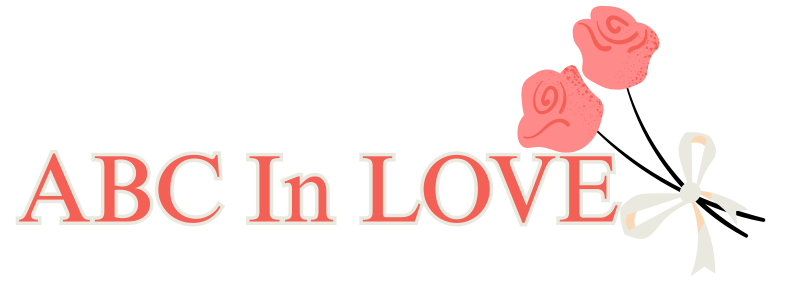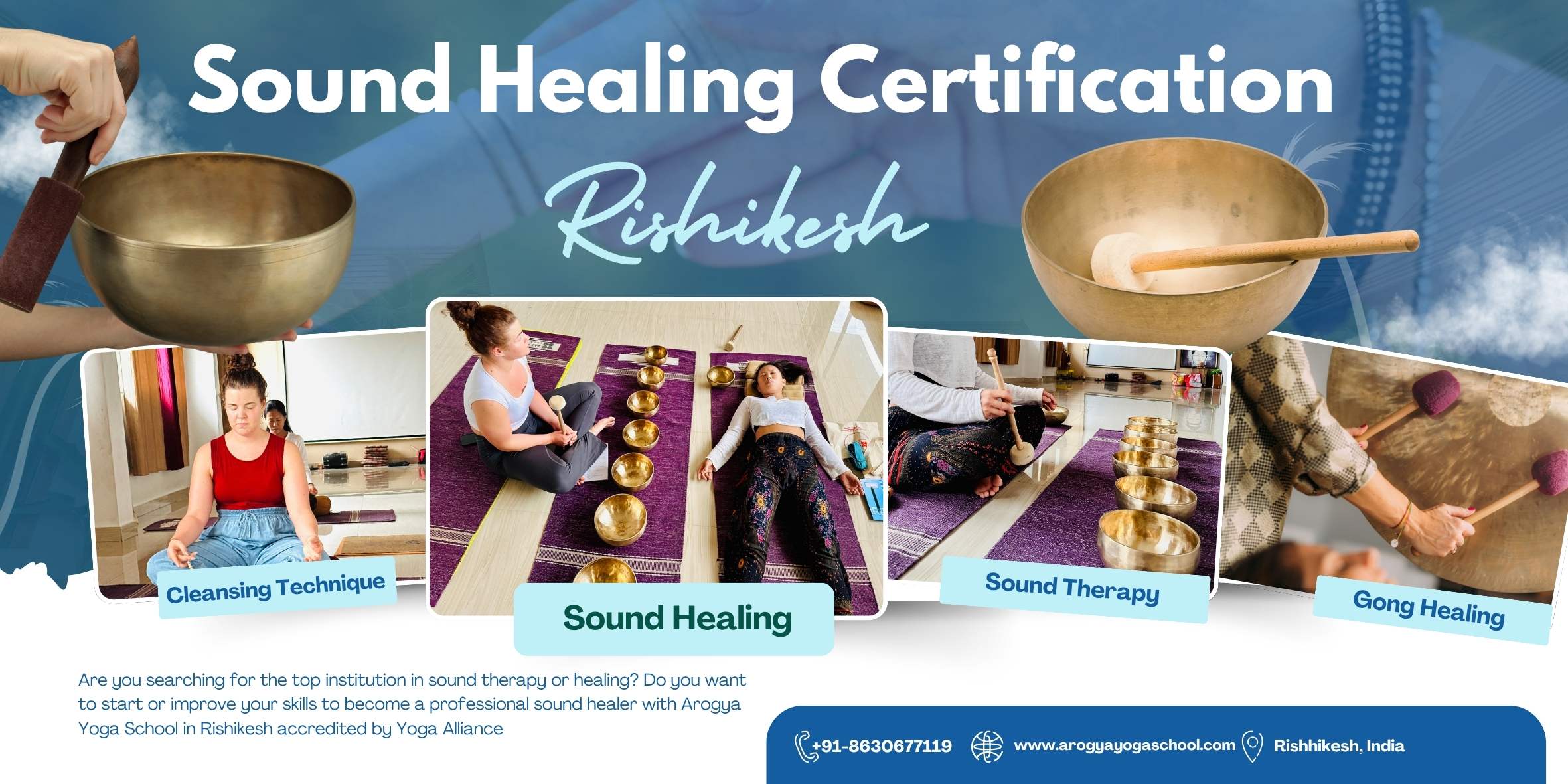A Sound Healing Course is a comprehensive training program designed to teach the principles and practices of using sound as a therapeutic tool. Whether you’re a wellness practitioner, yoga teacher, healer, or a seeker on a personal journey, these courses offer a transformative experience that blends science, spirituality, and hands-on techniques. In a setting like Rishikesh—renowned as the yoga capital of the world—sound healing courses often include both ancient wisdom and modern approaches.
1. Foundations of Sound Healing
The course typically begins with an introduction to the history, philosophy, and foundational principles of sound healing. Students learn how different cultures have used sound as medicine, from ancient Tibetan singing bowls and Indian mantras to Aboriginal didgeridoos and Native American drumming. This segment may also include the study of Nada Yoga, the yogic path of sound.
2. Science of Sound & Vibration
Students are introduced to the physics behind sound and vibration—learning about frequency, resonance, entrainment, harmonics, and how these concepts apply to healing. The course explains how sound affects the human nervous system, brainwave states, and energy centers (chakras), bridging the gap between ancient practice and modern neuroscience.
3. Instruments & Techniques
Hands-on training with a wide range of healing instruments is a core component. Participants learn how to use:
Crystal singing bowls
Tibetan (metal) singing bowls
Tuning forks
Gongs
Chimes
Shamanic drums
Voice (mantras, toning, overtone singing)
You’ll be taught the proper handling, playing techniques, and how to combine instruments to create therapeutic sound journeys.
4. Chakra & Energy Healing
Many courses include teachings on the chakra system, aura (biofield), and energy meridians. Students explore how sound can be used to clear energetic blockages, balance chakras, and activate healing in the subtle body. Practical techniques for scanning and working with energy using sound are often included.
5. Meditation & Self-Healing Practices
Daily meditation, breathwork (pranayama), and sound baths are part of the immersive learning experience, especially in spiritual centers like Rishikesh. These practices help deepen your sensitivity to vibration and promote personal healing and inner awareness.
6. Conducting Sessions & Group Sound Baths
Students learn how to facilitate one-on-one sessions and group sound healing experiences. This includes creating safe and sacred spaces, understanding client needs, session structure, and intuitive playing. You may also get to practice in real-life settings or community circles.
7. Ethics, Safety & Professional Practice
The course covers ethical considerations, trauma-informed care, and the responsibilities of a sound healing practitioner. You’ll also receive guidance on how to begin or grow your own sound healing practice, from setting up a studio to working in collaboration with other wellness professionals.
8. Certification & Continuing Support
Upon successful completion, students receive a Sound Healing Practitioner Certificate, which may qualify them to offer professional services or integrate sound healing into yoga, massage, therapy, or energy work. Many programs also provide post-course resources, community access, and mentorship opportunities.

